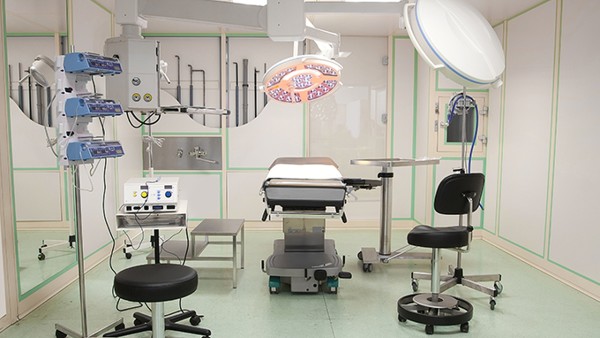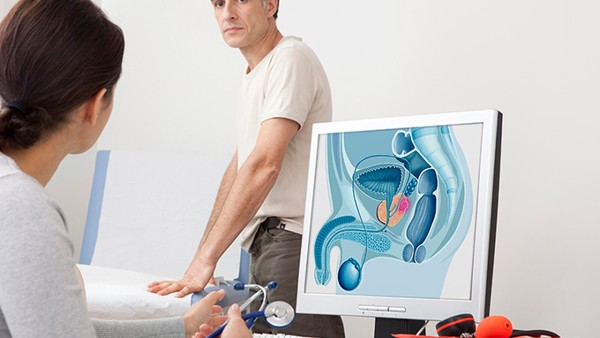Precautions for Scientific Confinement

Scientific confinement refers to the use of physical barriers and procedures to isolate and contain hazardous biological materials, such as viruses, bacteria, or other microorganisms, to prevent their escape and potential harm to humans, animals, or the environment. To ensure effective scientific confinement, it is crucial to implement a comprehensive set of precautions and protocols.
Physical Barriers
1. Containment Facilities:
Construct specialized facilities designed to prevent the release of hazardous materials into the surrounding environment.
Examples include Biosafety Level (BSL) laboratories, quarantine zones, and secure transport vehicles.
2. Biosafety Cabinets:
Use certified biosafety cabinets (BSCs) for handling and manipulating biological materials.
BSCs create an inward airflow to prevent the escape of aerosols and contaminants.
3. Personal Protective Equipment (PPE):
Wear appropriate PPE, such as gowns, gloves, respirators, and face shields, to protect personnel from exposure to hazardous materials.
PPE should be properly fitted, maintained, and disposed of according to protocol.
Procedures
1. Standard Operating Procedures (SOPs):
Establish and follow standardized procedures for all aspects of scientific confinement, including handling, storage, transport, and disposal of hazardous materials.
SOPs ensure consistency and minimize the risk of accidental breaches.
2. Risk Assessment:
Conduct thorough risk assessments to identify potential hazards and vulnerabilities in the confinement system.
Evaluate factors such as the pathogenicity of the material, handling techniques, and environmental conditions.
3. Training and Education:
Provide comprehensive training to personnel involved in scientific confinement.
Training should cover topics such as PPE use, handling procedures, emergency protocols, and incident reporting.
4. Maintenance and Monitoring:
Regularly inspect and maintain all containment facilities, equipment, and PPE to ensure their integrity.
Monitor environmental conditions, such as airflow, temperature, and humidity, to detect any anomalies.
5. Incident Reporting and Response:
Establish clear protocols for reporting and responding to incidents involving the release or exposure of hazardous materials.
Develop emergency response plans and train personnel on appropriate actions.
Specific Considerations
1. BSL Levels:
Assign Biosafety Level (BSL) designations to confinement facilities and procedures based on the risk of the biological agent being handled.
BSL-1 to BSL-4 represent increasing levels of biosafety containment.
2. Containment Level (CL):
In addition to BSL, specify Containment Level (CL) requirements for specific procedures and materials.
CL1 to CL4 indicate the level of containment measures needed to mitigate the risks associated with handling or using biological agents.
3. Veterinary Quarantine:
For animal studies involving infectious agents, implement veterinary quarantine procedures to prevent the spread of disease outside the designated area.
Quarantine protocols include isolation, monitoring, and testing of animals.
4. Environmental Monitoring:
Regularly monitor the environment within and around containment facilities for the presence of biological agents or contaminants.
Use air samplers, surface swabs, and other sampling techniques to detect potential breaches.
Conclusion
Precautions for scientific confinement play a critical role in protecting human and animal health, the environment, and the integrity of research endeavors. By implementing stringent physical barriers, adhering to established procedures, and providing appropriate training and maintenance, scientists can effectively minimize the risks associated with handling and containing hazardous biological materials.
The above is all the content that the editor wants to share with you. I sincerely hope that these contents can bring some help to your life and health, and I also wish that your life will be happier and happier.
Topic: #for #precautions #confinement











